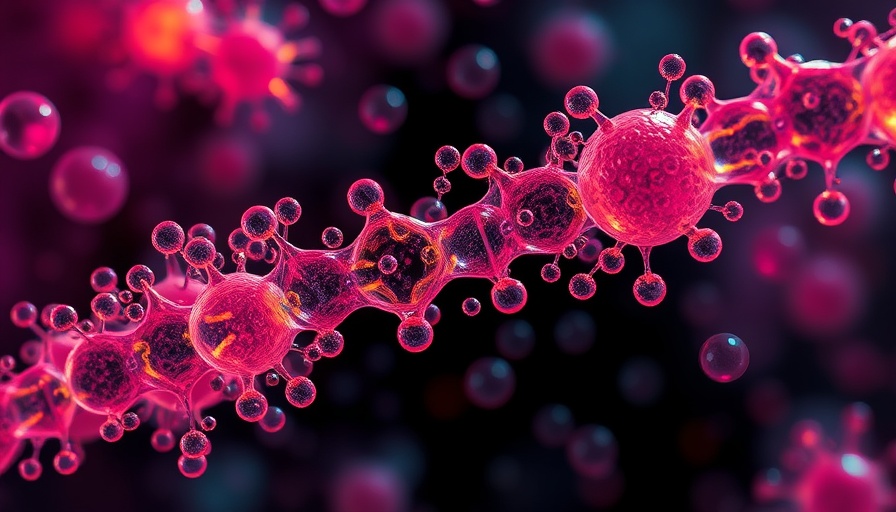
Nanoplastics and Their Ubiquity in Our Lives
Nanoplastics, microscopic pieces created from the degradation of larger plastic items, have woven themselves into the very fabric of our daily existence. These tiny particles infiltrate our food systems, become embedded in our drinking water, and even enter our bodies, often without our knowledge. While the physical presence of nanoplastics is undeniable, their effects on health remain largely obscure. Recent research from the University of Illinois has opened up a new avenue of inquiry, suggesting that these particles may have an unexpected ally—our old acquaintance, E. coli.
The Connection Between Nanoplastics and E. coli Virulence
In a groundbreaking study led by food scientists at the University of Illinois, researchers focused on the notorious E. coli O157:H7 strain, infamous for causing severe foodborne illnesses. They discovered that nanoplastics, especially those with positively charged surfaces, could enhance the virulence of this bacterial pathogen. Just as an agitated dog might bite more aggressively, the stressed E. coli became more virulent and released higher quantities of Shiga-like toxin, responsible for various health ailments including severe gastrointestinal distress.
Understanding the Mechanism: How Nanoplastics Trigger Bacterial Stress
The fascinating interplay between nanoplastics and bacteria is rooted in their electrical charges. The study indicated that positively charged nanoplastics attracted E. coli, which carries a negative charge. This interaction led to physiological stress on the bacteria, resulting in an uptick in toxic effects. Researchers demonstrated this by using polystyrene—commonly found in disposable takeout containers—and modifying its charge to observe how the strains reacted in both free-floating solutions and biofilms.
The Dangers of Biofilms: Bacteria’s Protective Mechanism
The researchers proactively examined how biofilms, protective layers formed by bacterial colonies, could shield E. coli from the stress induced by nanoplastics. They introduced larger microplastics into bacterial environments and allowed E. coli to establish biofilms before exposing them to charged nanoplastics. Even in these biofilms, the positively charged particles continued to exert stress on the bacteria, enhancing their toxin production. This finding is troubling; biofilms usually serve to protect bacteria from external threats, making pathogens even more resilient when faced with nanoplastic exposure.
Implications for Public Health and Food Safety
As we grapple with the increasing prevalence of nanoplastics in our environment and their capacity to influence microbial behavior, it raises important questions about public health policies and food safety standards. Decision-makers in tech-driven and marketing-centric industries need to take heed of these findings, as consumer awareness around food safety and environmental health becomes more pronounced.
Future Directions: Research Opportunities and Actionable Insights
The implications of these findings are multifaceted. Future research is required to investigate how different chemicals adsorbed onto nanoplastics may alter their interactions with bacteria. The team at the University of Illinois is poised to build upon this study to further explore these dynamics. For business professionals, understanding these links offers an opportunity to pivot toward innovative solutions that incorporate health-conscious practices into supply chains.
Conclusion: A Modern Challenge to Public Health
The intersection of nanoplastics and foodborne pathogens like E. coli sheds light on a contemporary challenge facing public health. As they permeate our ecosystems, understanding their effects is not just a scientific endeavor—it’s a call to action for industries and consumers alike. Staying informed and proactive in advocating for safer practices can help mitigate the risks associated with these invisible particles.
To remain at the forefront of this evolving narrative, business professionals are encouraged to engage with ongoing research and initiatives aimed at reducing the prevalence of nanoplastics in food systems. By prioritizing sustainability and safety, we can collectively enhance the resilience of our food networks against environmental health risks.
 Add Row
Add Row  Add
Add 




 Add Row
Add Row  Add
Add 

Write A Comment